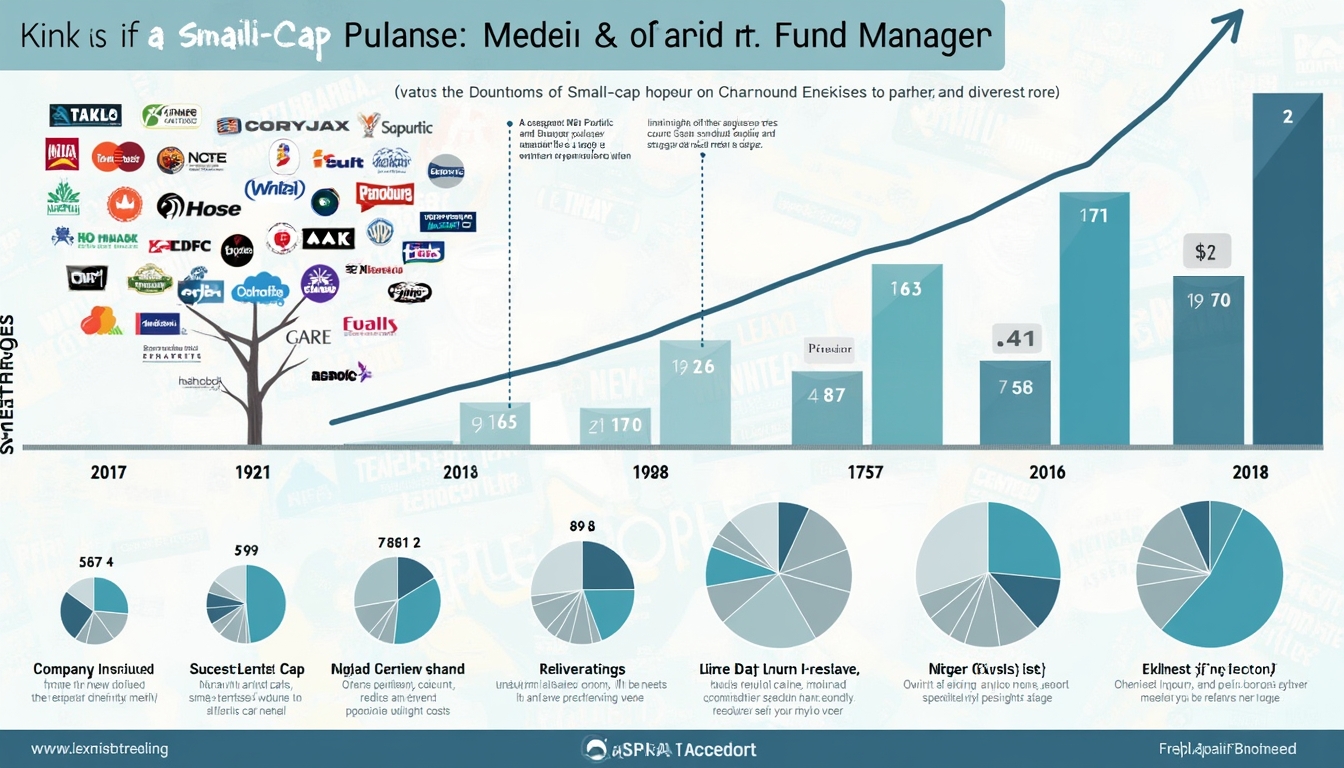The world of ore deposits is a captivating area that supports the global mining and resource sector. As we explore the "Ore Deposits 101" series, we'll examine the formation, exploration, and evaluation of these geological resources. Whether you're a new geologist or curious about the earth beneath our feet, this article will help you understand the processes that create economically viable mineral concentrations.
Earth's Structure and Metal Distribution: A Geological Puzzle
To understand ore deposit formation, we need to start from the bottom. Our planet's structure is like an onion, with layers that show billions of years of geological processes. Earth has a solid inner core surrounded by a molten outer core, both wrapped by the mantle and finally, the crust – where we live.
The distribution of metals within Earth's crust is complex. These resources are typically measured in parts per million, meaning they're scarce. This scarcity is why we need concentration mechanisms to make extraction economically feasible.
For many metals, the economic grades we seek are much higher than their average abundance in the crust. We're looking at concentration factors that range from tens to thousands of times the normal levels. This natural enrichment process is key to ore deposit formation and makes mining viable.
Ore-Forming Processes: Nature's Chemistry
The creation of ore deposits is like nature's chemistry, changing ordinary rock into valuable minerals. It begins with the partial melting of the crust or mantle, triggered by several geological events:
- Subduction: Imagine two large pieces of the Earth's crust colliding. One piece goes under the other, creating a subduction zone. This process is part of basic plate tectonics, which shapes our planet's surface and its mineral wealth.
- Crustal thickening: This happens when new rocks are added on top of existing ones, or when horizontal compression squeezes the crust. The increased pressure and temperature can cause partial melting.
- Magma injection: Think of hot, molten rock (magma) pushing up through the crust. As it moves, it heats the surrounding rock, potentially causing partial melting.
As this new magma rises through the crust, it moves plastic rocks, absorbs brittle rocks, and flows through fractures. This journey is crucial for the concentration and distribution of metals.
The Cooling Process
The next part of our geological story is the cooling and crystallization of magma in chambers. As the magma cools, gases and liquids separate, and metals move into different minerals. It's like a large-scale chemistry experiment.
Metal Concentration Mechanisms: Nature's Process
Nature has several methods for concentrating metals in ore deposits:
- Partial melting: This creates either light-colored or dark-colored minerals, each with unique metal distribution characteristics.
- Magma chamber processes: These include gas and liquid separation, crystal formation at different temperatures, and the magma separating into two distinct liquid phases.
- Hydrothermal processes: This involves hot, metal-rich fluids moving through the crust. As these fluids travel, they deposit minerals at various depths and temperatures. Hydrothermal processes are particularly important in ore deposit formation. They create many economically important ore deposits that we mine today.
Classification of Hydrothermal Ore Deposits: A Depth-Based Approach
Hydrothermal ore deposits are classified based on their formation depth and associated characteristics:
Deep Crustal Deposits (10-50 km)
These form at depths between 10 and 50 kilometers. They include mafic and ultramafic intrusions, containing chromium, platinum, diamonds, nickel, and copper.
Mesothermal Deposits (1-10 km)
These form at depths between 1 and 10 kilometers. Porphyry deposits are key here, hosting significant resources of copper, molybdenum, gold, iron, and uranium.
Epithermal Deposits (<1 km)
These near-surface deposits form at depths less than 1 kilometer. They're known for precious metals like gold and silver, as well as copper, lead, and zinc. Volcanogenic massive sulphide (VMS) deposits also form here.
Surface Deposits
At the surface, we find:
- Placer deposits: Containing gold, platinum, tin, and titanium concentrated by water or wind.
- Secondary copper deposits: Formed by weathering and re-deposition of copper from primary deposits.
- Roll-front uranium deposits: Formed where uranium-rich groundwater meets a reducing environment.
The Importance of Understanding Ore Deposit Formation
Understanding ore deposit formation is key for effective exploration and extraction of mineral resources. The natural concentration processes, driven by partial melting, magma movement, and cooling, create economically viable deposits. The different deposit types based on source, depth, and environment show the complexity of Earth's mineral wealth.
This knowledge is crucial for modern mineral exploration. Geologists use it to predict where new deposits might be found, guiding the exploration process and helping companies decide where to invest.
This overview introduces the world of ore deposits. As we continue the "Ore Deposits 101" series, we'll examine specific deposit types, exploration techniques, and evaluation methods.
Curious about investing in the next big mineral discovery?
Stay ahead of the market with Discovery Alert's AI-powered real-time notifications. Our service simplifies complex drill results, making it easy for both new and experienced investors to identify valuable opportunities on the ASX. Start your 30-day free trial today and experience the advantage of early discovery alerts, risk-free.




